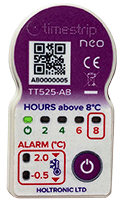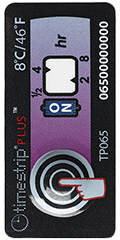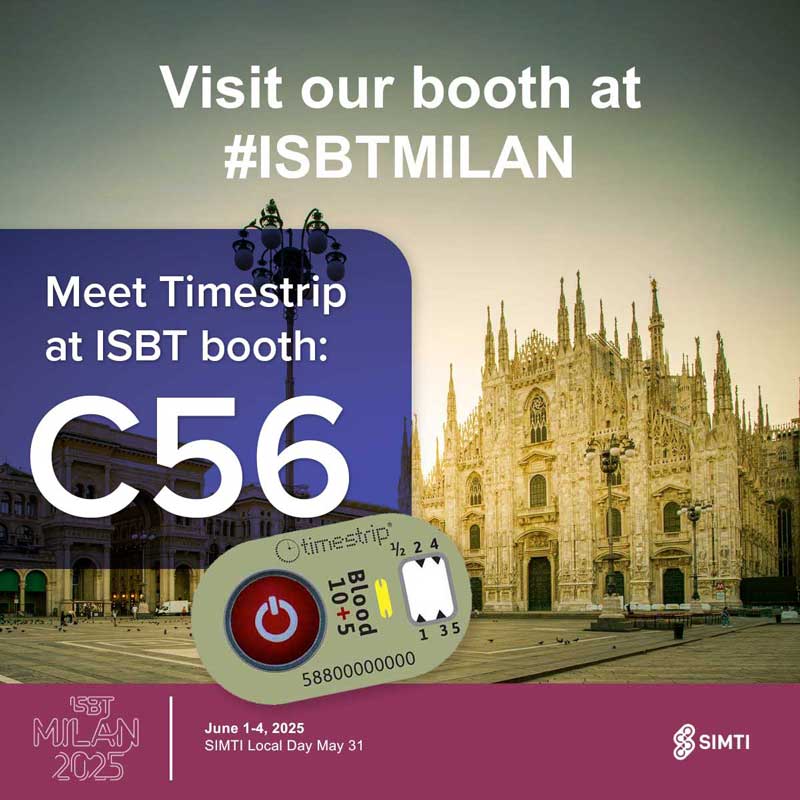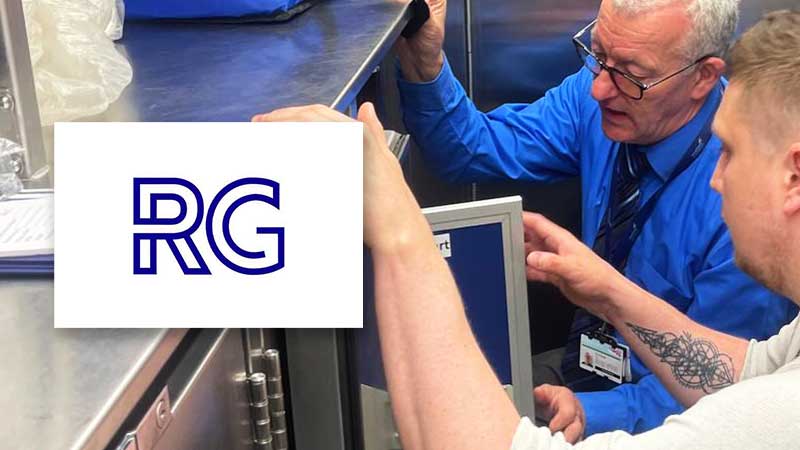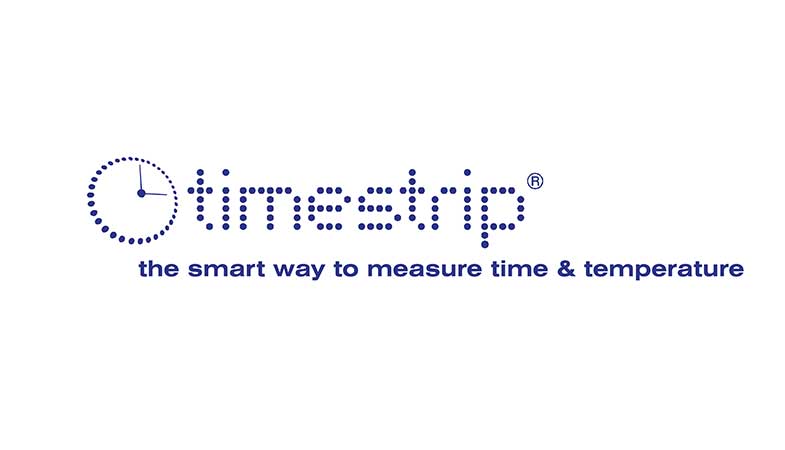
Timestrip Procedures Certified to Updated ISO Standards
Interview with Reuben Soncino, Timestrip’s Quality Assurance Officer
What exactly is ISO certification?
ISO is the acronym for International Standard Organisation. When a company has ISO certification, this means that it meets certain standards around quality levels and compliance with ISO standards.
For instance, this relates to inspections, production processes, how goods received are inspected, the management of irregularities that occur during production, the packing of finished products, what documents need to be included in shipped products, etc.
Why is ISO certification important to Timestrip?
It means Timestrip’s management systems have attained a required level of quality around the production and release of our finished products. There is no ad hoc decision-making in what we do. Everything is controlled and monitored.
Hypothetically, for example, if a customer complaint was to arise, we have a system in place to manage this. Furthermore, having ISO 13485 certification which concerns medical equipment, means that we have even stricter systems beyond the more general purpose ISO 9001 certification (which we also have).
One area that ISO 13485 relates to (but not ISO 9001) is around the validation of software used in our production and product release processes.
What does achieving ISO 9001 and 13485 certifications involve?
Once a year, we are audited by external auditors for both certifications and this is carried out by the Institute of Quality Control (IQC). The one-day audit is to certify that Timestrip complies with ISO 9001 and ISO 13485 standards. We are audited for both standards at the same time.
Also, every three years, we are re-certified. This is involves a two-day audit and re-certification is valid for three years. For ISO 9001, we were first certified in 2010 and so re-certification needs to be organised for next year (2019). For ISO 13485, Timestrip was first certified in 2015 and we have just been re-certified until 2021.
This was particularly important as this re-certification also involved an upgrade to the new ISO updated standards.
What did meeting the updated ISO standards involve?
Prior to the audit, we carried out a so-called “gap analysis” to identify areas in our procedures that didn’t meet the new standards. These needed to be updated, plus we had to put in place new procedures as well as training for all our teams. We also had to implement a few minor corrective actions, such as adding a job description for one of our team members.
In fact, when I first joined Timestrip in 2009, operations complied to a very large extent with ISO standards. However, this had not been validated and making this happen was one aspect of my role: first, to achieve ISO 9001 certification around our TTIs to food products and pharmaceuticals customers and then ISO 13485 when we moved into servicing customers involved in storing and transporting blood products.


